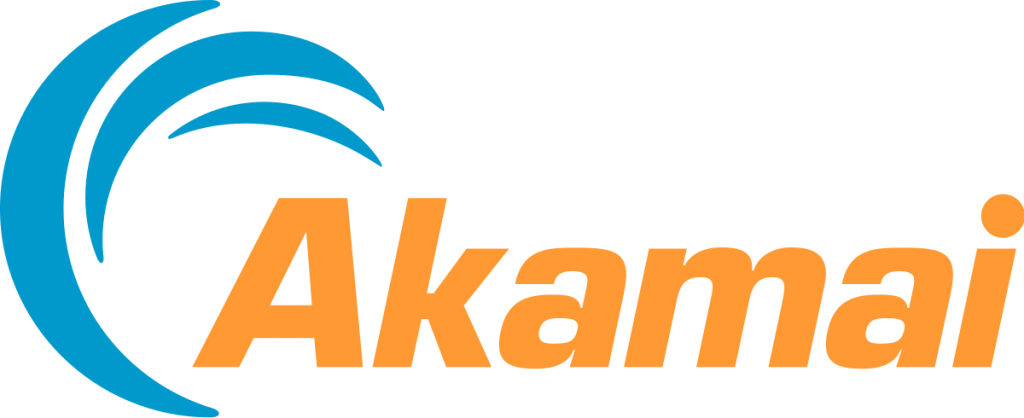Why Akamai’s Elimination of Overage Fees Helps To Keep More Traffic On Their Network
 During Akamai’s Q3 earnings call (transcript), the company referenced doing away with overage pricing and how that was allowing their customers to have a more predictable spend with Akamai. Due to the holidays and in particular with retail customers, it’s common for customers to see some big peaks in their business, with regards to traffic. While Akamai discussed how this helps better adjust traffic and spend for certain customers, the biggest advantage for Akamai in doing away with overage charges is really a competitive one.
During Akamai’s Q3 earnings call (transcript), the company referenced doing away with overage pricing and how that was allowing their customers to have a more predictable spend with Akamai. Due to the holidays and in particular with retail customers, it’s common for customers to see some big peaks in their business, with regards to traffic. While Akamai discussed how this helps better adjust traffic and spend for certain customers, the biggest advantage for Akamai in doing away with overage charges is really a competitive one.
Zero Overage Fixed Fee (ZOFF) pricing, as Akamai calls it, provides a construct where as long as their customer does not exceed their traffic commit by 2x or more for multiple consecutive months, they will not pay any overage charges. So, if there are marketing sites that don’t have massive bandwidth requirements, non-core apps that are not susceptible to bursting, or APIs that are being distributed and protected by Akamai, they can be included in a ZOFF contracting structure without their own separate traffic commits and bills. This effectively allows customers to add additional delivery services to their existing commits with Akamai, at no additional cost or commitment.
Akamai has been quietly changing their pricing strategies to be better aligned to the company’s customer base, with flat fee pricing for large media streaming customers based on subscriber/download volume, and increasingly a zero overage model for businesses that primarily monetize via websites, apps, and APIs. While Akamai says this strategy was designed to de-risk adding any internet-facing application to the platform for fear of incurring significant traffic overage charges, it actually serves an even more important benefit from a competitive standpoint.
Doing away with overage fees helps Akamai keep more traffic on their network from customers who are growing, which in many cases, may have previously been offloaded to a competitor. CDNs would specifically target Akamai customers and tell them to send traffic to their network instead of Akamai’s, the moment the customer hit their bandwidth cap with Akamai. The selling point being that the customer would not have to pay any overage fee to Akamai and would get a lower price point from the competitor as they grow their traffic. By Akamai doing away with overage pricing, that selling proposition by competitors disappears and makes it harder for them to get their foot in the door to get a slice of Akamai’s business.
With this year being marked by unpredictable traffic patterns and pressure for businesses to find savings with their IT vendors, Akamai says they have seen the strongest penetration in commerce, financial services and healthcare verticals, in adopting the no overage pricing strategy. Some may wonder why the media vertical is not called due to OTT video consumption and the reason is because most media contracts for the delivery of video and software downloads haven’t had an overage pricing component tied to them, across the industry, for many years now.
This isn’t to say that all overage type fees have disappeared completely from the CDN industry. There are cases where a customer can be hit with an additional fee if a certain percentage of their overall traffic volume, based on a specific country or region of the world, falls short of what they committed to. But that’s really a fee tied to a specific region, as opposed to overage fees that in the past were simply tied to the growth of a service. Akamai’s smart to have done away with overage pricing, more from a competitive standpoint than anything else. Some might argue Akamai is losing revenue from overages, but that’s short-sighted thinking since there is a greater opportunity to generate more revenue over time, from keeping new traffic on their network.
